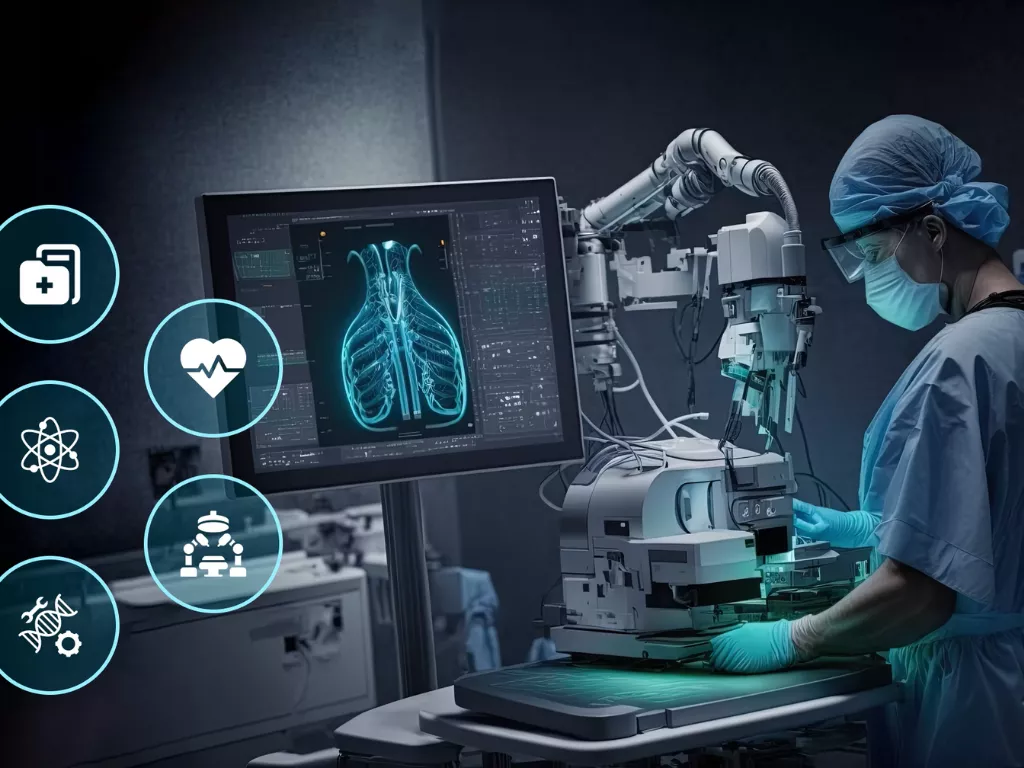Applying Human Factors to Medical Devices
Human Factors Engineering (HFE) plays an important role in our world keeping users safe and healthy by applying a user-centered design process to the development of products. The discipline has evolved a great deal over the past 100 years in all industries. This webinar explores that history and specifically how HFE has played a role in the medical device industry.

WHAT WE COVERED IN THIS WEBINAR?
- Introduction to human factors & usability engineering
- Need of human factors & usability engineering
- Regulatory references
- Basic expectations
- HFE process
- The end result
Upon completion of this webinar, you will be able to:
1. understand the overall process of applying HFE to medical products,
2. appreciate the effect of medical device use errors on people's lives and how HFE can make a difference, and
3. differentiate between regulatory and commercial imperatives when applying HFE to the development of medical technology.
During the webinar, you will learn how countless HFE activities involving research, use-related risk analysis, user interface design, design evaluation, and validation tie together to form an effective approach to ensure a medical product’s safe, effective, and satisfying use. Participants will also learn about the cost and benefits of HFE work so they can budget accordingly.
This webinar explains the basic expectations of HFE and how to make sure each requirement is written in a manner that helps to assure a safe and effective user interface design. All the work that a manufacturer completes throughout the design process of a given device ultimately culminates in a regulatory submission (HFE Report). This webinar gives insights into all about HFE reports – what they are when they are needed, and what they should include.
Please watch the full webinar to learn more about applying Human Factors to Medical devices.
The software defined perimeter (SDP) architecture can be used to implement the zero-trust model while allowing organisations to continue using traditional implementations.
The important factor to consider while designing a zero-trust framework in the industry is that it should be secured but not so restrictive that it interrupts business goal.
An organisation might be hesitant to move to a zero-trust architecture considering the financial aspects, the implementation efforts and the time that might be required, as they cannot risk business for too long. So, it is always better to make a start on transitioning towards a zero-trust architecture than to not move forward at all.
Please watch the full webinar to learn more about Overcoming Hurdles in Secure Development.
This webinar was presented by Decos, a cutting-edge technology services partner ready to meet your diversified needs in the healthcare domain.
If you have any questions about this webinar or wish to seek advice on Human Factor Engineering, please contact Devesh at devesh.agarwal@decos.com
We would love to discuss it with you!
Discover more

Importance of Firmware Security

Applications of Computational Fluid Dynamics (CFD) in healthcare


